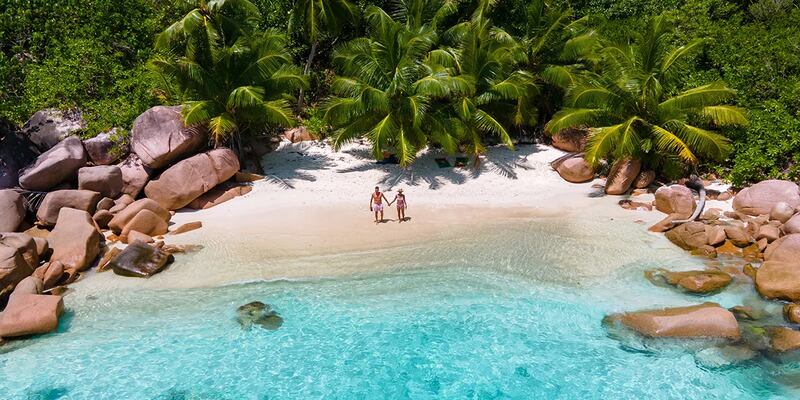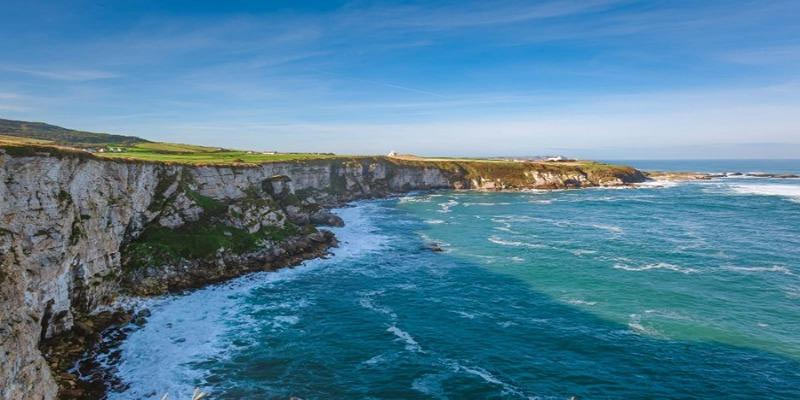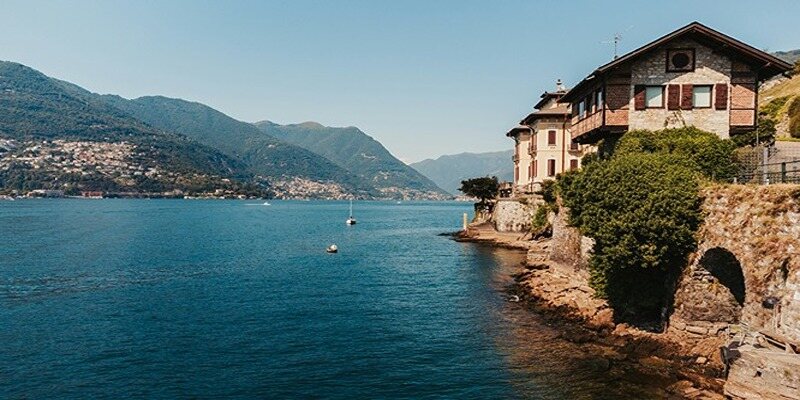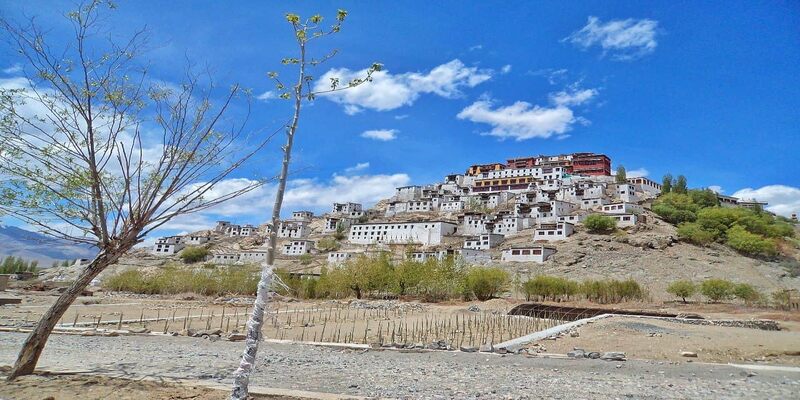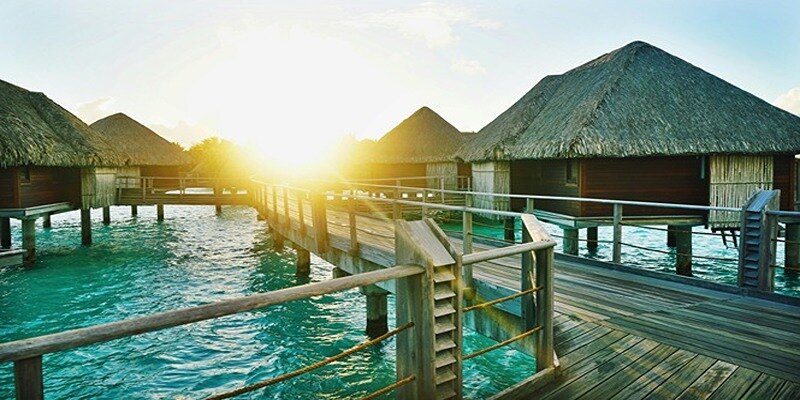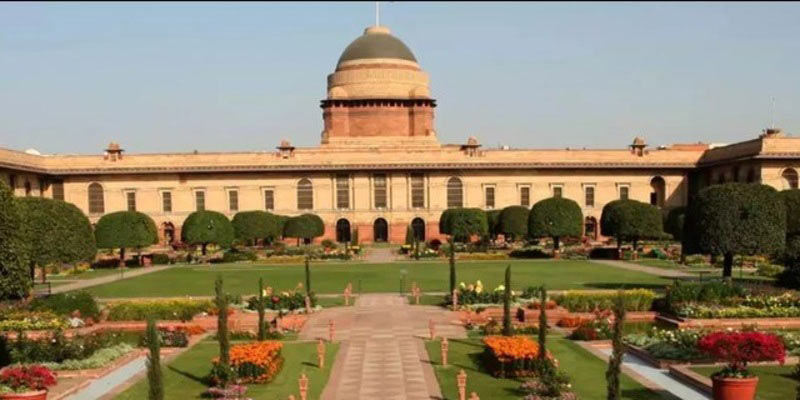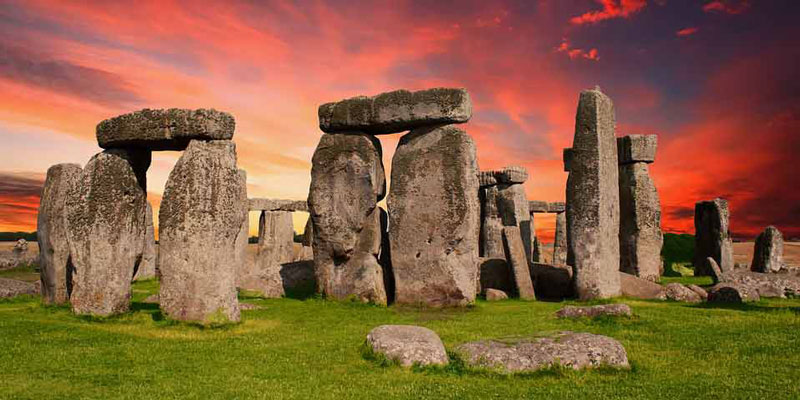Embark on a journey of spirituality and tranquillity to the Likir Monastery, Leh Ladakh - a complete travel guide and explore its cultural richness. This Buddhist Monastery in Leh Ladakh takes you from the ancient roots of this hermitage to steep in its history and serenity. So, whether you seek spiritual solace or a scenic retreat, this historical destination promises an unusual odyssey.
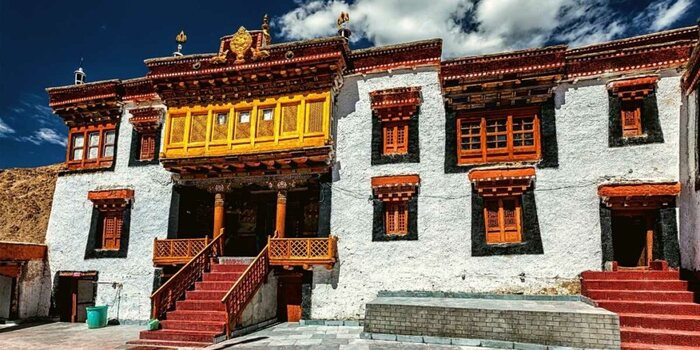
Come with me to unveil the charm, secrets and wonders of Likir and embrace yourself with the calmness of this Himalayan gem.
Himalayan Gem, Likir Monastery
One of the most visited Himalayan monasteries in northern India is the Likir Monastery in Ladakh's union territory, also known as Likir Gompa.
- Likir Monastery is at an altitude of about 3700 metres and 52 kilometres away from the west of Leh Ladakh.
- One of the principal attractions of this Monastery is the 75-foot-high gold statue of Maitreya Buddha.
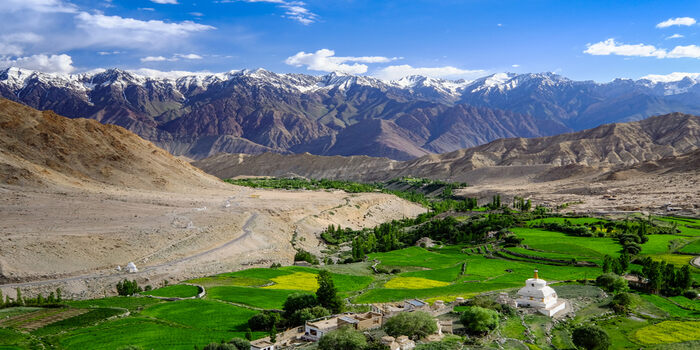
- The Likir Gompa belongs to the Gelupa sect of Tibetan Buddhism, built on a small hill in the Likir village near the Indus River.
- Lama Duwang found it in 1065 under the direction of Lhachen Gyalpo, the fifth king of Ladakh.
- The Likir Monastery has many stories attached to its existence and offers picturesque views of the snow-capped Himalayan mountains.
History of Likir Monastery
- The history of the Likir Monastery holds very importance, as according to the Ladakhi chronicles, this Monastery was built by King Lhachen Gyalpo from 1050 to 1080 CE and was associated with the Kadampa order of Tibetan Buddhism.
- Likir Monastery was reconstructed in the 18th century after getting ruined by a fire, so the Monastery you're seeing today is different from the original one.
- There are 120 Buddhist monks in this Monastery, and it also has a school, which is managed by the Central Institute of Buddhist Studies, where they teach students Hindi, Sanskrit and English.
- Another name of the Likir Monastery is 'Lu Khyil', which means water spirits circled. It has this name because Ladakhi people believe the water spirits called Nagas once lived here.
The Architecture of Likir Monastery
Dukhang
- The Dukhang has statues of Amitabha, Maitreya, Bodhisattva and Tsong Khapa, who founded the Yellow Hat Sect.
- On the roof of Dukhang, there is a 75-foot colossal gold statue of Maitreya Buddha, built in 1999.
- Beside the statue, some bookcases are standing, having a volume of Sumbum and teachings of Tsong Khapa.
- On the right wall of Dukhang, there is an image of Sakyamuni with his two chiefs, and the left wall has a picture of the 35 confessional Buddhas.
Zinchun
- A ladder inside the Dukhang leads to the room of the Head Lama, Zinchun, and it has the images of monks, thankas and 21 manifestations of the White Tara.
- Several Thankas are displayed on the walls of Gongkhang, built in 1983.
Travelling to Likir Monastery
While travelling towards one of the most spiritual retreats in India, you may witness various panoramic attractions between Leh and Likir. All those snow-covered mountains with clear blue skies will make your Journey more remarkable.
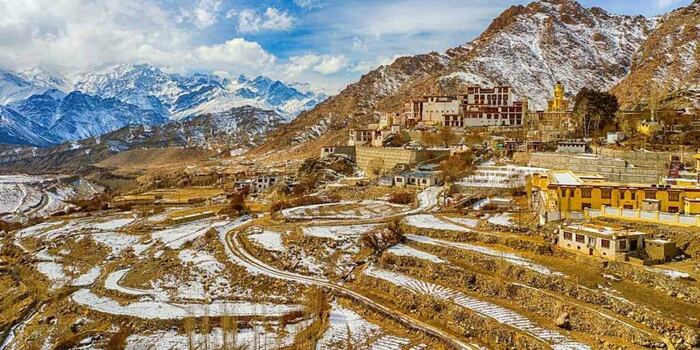
Reaching Likir Monastery
- While entering the Likir Village, you must cross a golden gate leading you to the Monastery.
- At some distance away from the Monastery, you've got to walk to reach the Likir.
- As you enter the Monastery, you will see a giant prayer wheel of red colour and many other prayer wheels, too.
- I went up to thoroughly visit the Likir Monastery, and you may notice white-washed walls with wood-paned windows.
Assembly Hall
- After climbing up to the central courtyard, you will enter the main assembly hall, whose entrance is painted with the guardians of the four directions.
- At the right of the Vendarah of the courtyard, you will see a wheel of Life guarded by Yama, a deity who takes care of your fate after death.
- As you move further, you will see historical statues of Sakyamuni Buddha and Maitreya Buddha in the hall's centre.
Gongkhang Temple
- Now, visit the Gongkhang temple through its red doors, which also have many red pillars and colourful thangkas.
- Various Buddhist deities and symbols are painted on the temple's walls.
- The courtyard of the temple also has a rare Jupiter tree.
Museum
Now visit the museum of the Monastery, which has many Buddhist artefacts, ancient thankas and Buddhist literature.
Maitreya Buddha Statue
- At the end, you will see the major attraction of the Monastery, which is the gold statue of Maitreya.
- This Buddha statue is seated on the roof of the Monastery.
How to Reach Likir Monastery
Take a direct bus from Leh town to the Likir Village, which will take approximately 1.5 to 2 hours to cover the distance of 52 km via Srinagar-Leh highway.
Best Time to Visit
- An ideal time to visit the Likir Monastery is from May to October because the weather is pleasant in these months.
- If you want to attend the Dosmochey festival in the Likir Monastery, visit in the 12th month of the Tibetan calendar and indulge in their ceremonial dances, food, music and sports.
Timings and Charges
- The Monastery operates from 8 AM to 5 PM during the entire week.
- Visiting the Monastery is free, but if you want to explore the museum, pay 20 rupees.
Travel Tips
Here are some of the most essential Ladakh travel tips to make the most of your visit:
- Prepare yourself for the extreme climate conditions as you face AMS, Acute Mountain Sickness.
- Always use sunscreen and sunglasses on sunny days to protect yourself from UV rays.
- If you're visiting during winter, then make sure to carry some warm clothes with you.
- Make sure to follow the timing of the Monastery before visiting it.
- You will not receive any signals in Ladakh, so subscribe to Airtel, Jio or BSNL postpaid numbers in advance to contact your loved ones.
Final Thoughts
The Journey of discovery to Likir Monastery, Leh Ladakh, is a complete travel guide that will enhance your understanding and appreciation of the Buddhist culture. Along with this, it also allows you to immerse completely in the captivating beauty of Likir, which is the spiritual heart of Leh.
So, please do not waste your time. Visit this aesthetic and serene Monastery today, and remember to share your remarkable experience with me.

